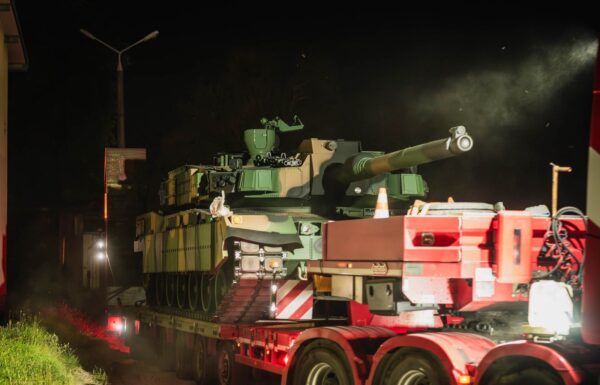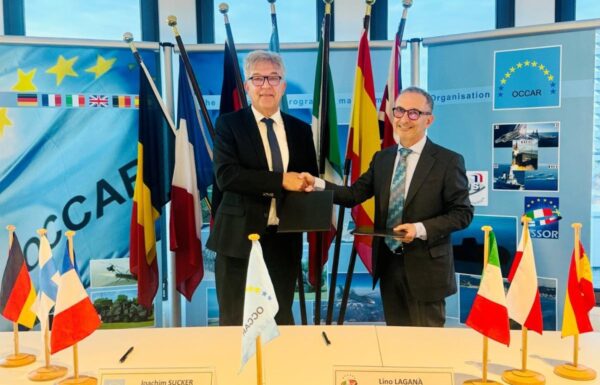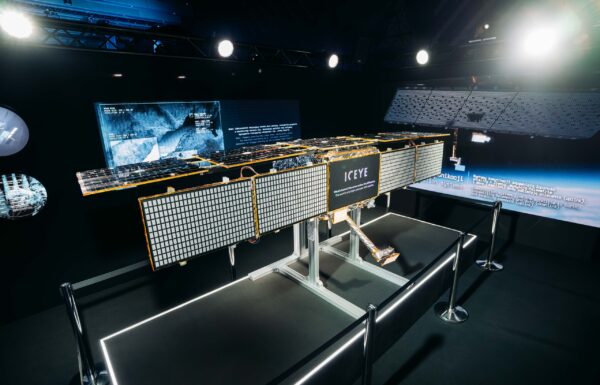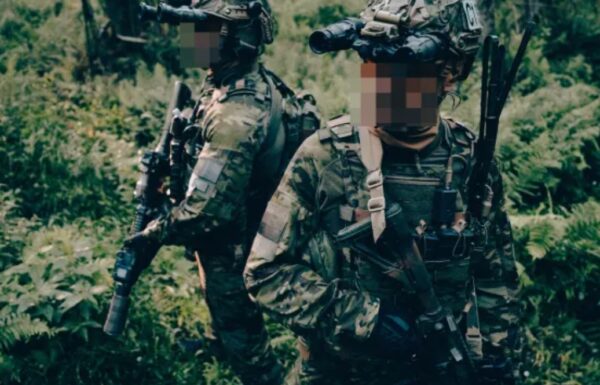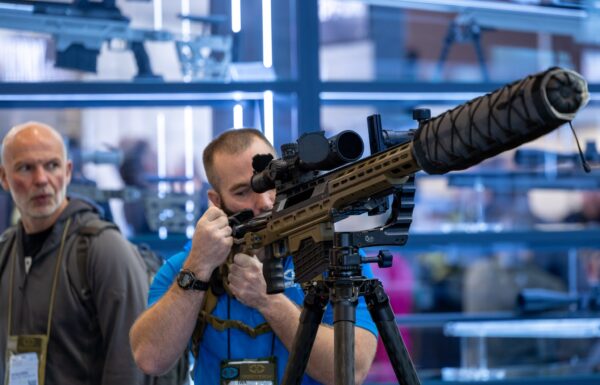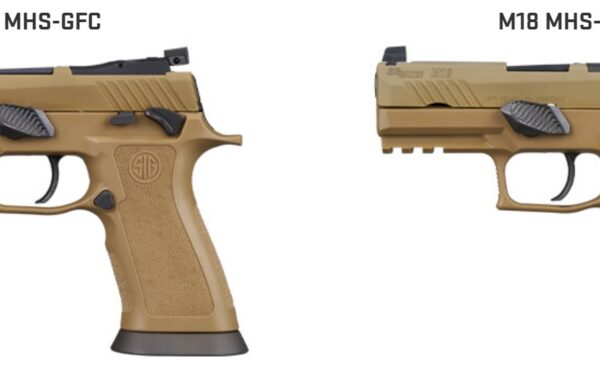On Thursday, 13 November 2025, the Ministry of Defence of the Kingdom of the Netherlands announced that, together with six partner nations and on behalf of NATO, it is cancelling the planned purchase of six Boeing E-7A Wedgetail airborne early warning and control aircraft under the AFSC (Alliance Future Surveillance and Control) programme, following a similar decision made by the United States.
 This is how NATO’s Boeing E-7A Wedgetail was expected to look / Image: Boeing
This is how NATO’s Boeing E-7A Wedgetail was expected to look / Image: Boeing
Let us recall that the E-7A Wedgetail was selected on 15 November 2023 by the NATO Support and Procurement Agency (NSPA) in the initial phase of the program, known as iAFSC (initial Alliance Future Surveillance and Control). The purchase was intended to enable the start of the retirement of the fleet of 14 Boeing E-3A Sentry AWACS aircraft by 2035.
As stated, following the United States’ formal withdrawal in July of this year (announced on 11 June) from its plans to acquire aircraft of this type, many aspects of the initial programme are now changing.
Consequently, the partner nations involved in the program managed by NAPMO (NATO Early Warning and Control Programme Management Organisation) – Belgium, Germany, Luxembourg, the Kingdom of the Netherlands, Norway, Romania and the United States – will once again evaluate the available options in this area.
While the United States, which had planned to purchase 26 aircraft independently, will likely seek its own interim solutions (the E-2D Advanced Hawkeye is being considered) and long-term solutions (a satellite system for intelligence, surveillance and reconnaissance equipped with a GMTI moving-target indicator), Europe will follow its own path.
Gijs Tuinman, Secretary of State at the Ministry of Defence of the Kingdom of the Netherlands for military procurement and personnel, explained that there is still a commitment to introduce other, quieter aircraft before 2035. The withdrawal of the United States also shows how important it is to invest as much as possible in the European industry, he added.
This suggestion indicates that a serious contender for NATO Europe may be the Swedish Saab S106 GlobalEye aircraft, initially developed for the United Arab Emirates (five units), and later ordered in Europe by Sweden (three of four contracted) and France (two units with an option for two more planned). Poland, Greece, Canada, Finland and Denmark have also expressed interest. Saab has previously offered the aircraft to NATO as well.
The AFSC program has its origins in 2019, when initial signals emerged regarding the need to replace NATO’s E-3A Sentry after 2035, but it was formally launched in April 2022 by NAPMO. These aircraft are currently undergoing their second modernization in recent years, codenamed FLEP (Final Lifetime Extension Programme), but a complete replacement of the platform will ultimately be necessary (Leonardo software-defined radios for NATO AWACS; NATO modernizes its AWACS; NATO seeks an AWACS successor).
NATO’s E-3A fleet is the first international unit under Alliance command, beginning in January 1982. The two squadrons (Flying Squadron 1 and Flying Squadron 2) are composed of 20 multinational crews drawn from the armed forces of 15 NATO states, including Poland. They are based in Geilenkirchen, Germany. In addition, forward operating bases have been established in Konya (Turkey), Preveza/Aktion (Greece), Trapani-Birgi (Italy) and a forward operating location in Ørland (Norway).






